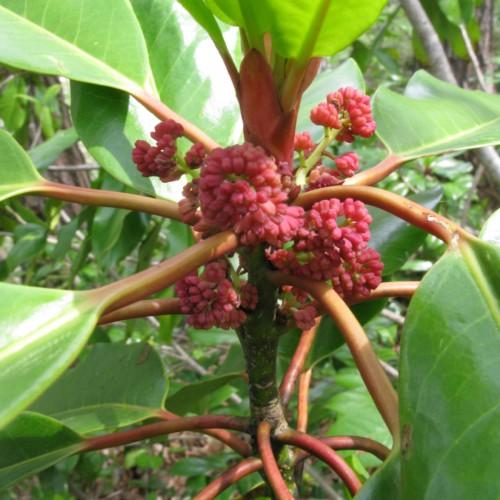
daphniphyllum
Daphniphyllum macropodum subsp. humile
Cycle:
Perennial
Watering:
Average
Hardiness Zone:
7 - 9
Flowers:
Flowers
Sun:
Part shade
Fruits:
Fruits Ready In
Leaf:
Yes
Growth Rate:
Low
Maintenance:
Moderate
Drought Tolerant:
Yes
Salt Tolerant:
Yes
Care Level:
Moderate
watering
Daphniphyllum should be watered regularly, but not heavily. A weekly watering should suffice in most situations. When watering, make sure to water deeply and thoroughly. Avoid wetting the foliage to minimize the chance of disease. Allow the soil to dry out slightly before watering again, so that the roots can have access to oxygen. During the growing season (spring through summer), additional watering may be necessary to help the plant sustain itself. In the fall and winter, the plant requires less supplemental watering. During long periods of drought, extra care should be taken to ensure that adequate moisture is provided to the plant.
sunlight
Daphniphyllum (Daphniphyllum macropodum subsp. humile) is a species of evergreen shrub that thrives in partial to full shade. Due to its thick and dense foliage, this plant requires only a few hours of direct sunlight per day to thrive. The best time to expose this species to sunlight is in the morning, when the rays are not too harsh and the air is cooler. This will help to create a more balanced environment in terms of lighting and temperature. For best results, place the plant in a spot that gets 2-4 hours of direct sunlight in the morning and then shade in the afternoon.
pruning
The best time for pruning Daphniphyllum macropodum subsp. humile is early spring. To maintain optimal size and shape for the plant, remove any dead, diseased or damaged growth, along with crossing and rubbing branches that can inhibit healthy growth. It is also important to thin out the interior of the plant, allowing for adequate circulation and light to penetrate the foliage. The ideal pruning amount for D. macropodum subsp. humile is dependent on a variety of factors, such as the size of the space, the desired shape, and the overall health of the plant. Generally speaking, remove no more than 1/3 of the foliage at 1 time. If a large amount needs to be pruned due to an overgrown specimen, prune over a 3-year period, allowing the plant to recover and grow between each pruning.
